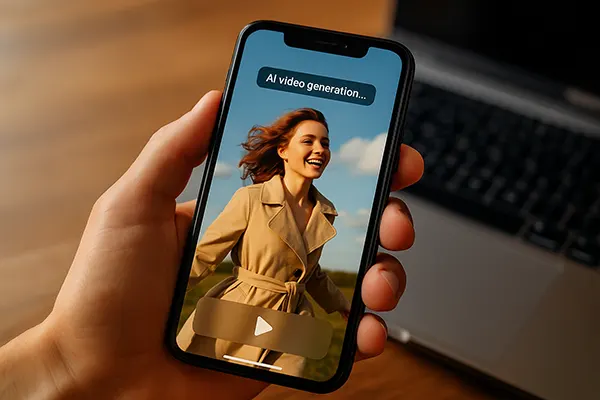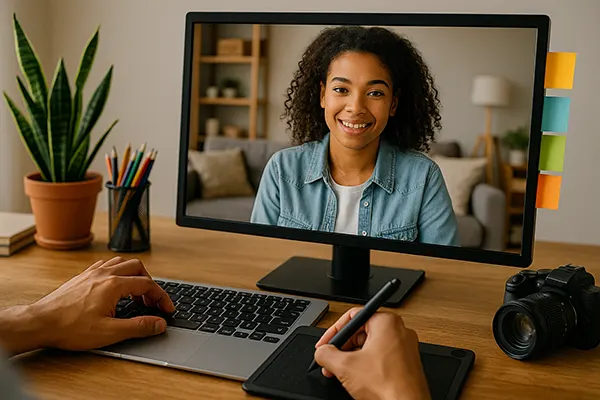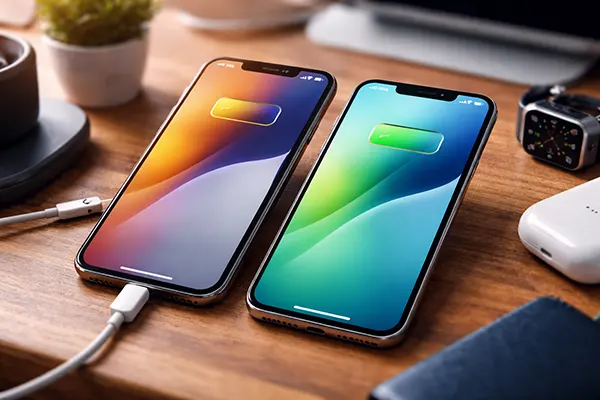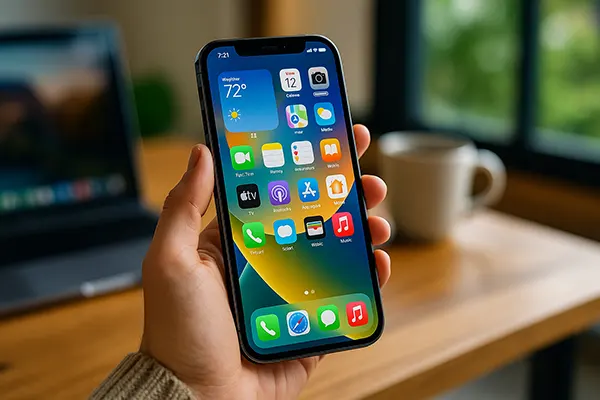On-device Sora: Video Generation Directly on iPhone

Apple’s rapid integration of artificial intelligence has reached a new milestone in 2025. One of the most anticipated innovations is on-device Sora, a technology that allows iPhone users to generate videos directly on their device without relying on external servers. This advancement not only improves privacy but also ensures faster performance and opens new opportunities for mobile content creation.
How On-device Sora Works on iPhone
Sora is an advanced generative AI model developed for creating video sequences from text prompts. Until recently, such models required immense cloud-based computing resources. The 2025 iPhone lineup, powered by the A19 Bionic chip with a dedicated Neural Engine, is now capable of running this technology locally. This means that video generation no longer depends solely on internet connectivity or remote processing power.
The integration is seamless: users can provide a text prompt, choose style and duration preferences, and receive a ready-made video within seconds. Thanks to optimised machine learning models, the iPhone balances quality with energy efficiency, ensuring smooth operation without overheating or draining the battery too quickly.
Most importantly, on-device execution enhances security. Sensitive user data does not leave the iPhone, reducing potential risks linked to cloud storage. Apple has positioned Sora as both a creative tool and a privacy-first solution for digital media creation.
Benefits of Local Processing
Running Sora on-device brings several benefits. First, it significantly reduces latency. Videos are generated almost instantly, making the iPhone a portable video production studio. This real-time feedback is especially useful for creators who work with dynamic content such as social media clips.
Second, users retain full control over their data. Unlike cloud-based solutions, where prompts and generated files are processed externally, the iPhone keeps all interactions local. This aligns with Apple’s broader approach to privacy, which has become a central focus of its ecosystem.
Finally, the technology improves accessibility. Without subscription fees for cloud computing, users can generate content without additional costs beyond their iPhone purchase, democratising advanced video creation for a wider audience.
Practical Applications for Creators
The rollout of Sora directly on iPhone unlocks new possibilities across multiple industries. Content creators on TikTok, Instagram, and YouTube Shorts gain an efficient tool for producing engaging short-form videos. Marketers can craft promotional visuals on the go, while educators can design interactive materials within minutes.
For professionals in film and advertising, Sora acts as a powerful sketching tool. Storyboard drafts can be generated instantly, allowing teams to visualise concepts before investing in large-scale production. This not only saves time but also cuts costs in the early stages of creative planning.
Additionally, iPhone users benefit from integration with existing Apple apps. Videos generated by Sora can be edited in Final Cut Pro for iPad or shared instantly via AirDrop. This ecosystem-level synergy makes the workflow faster and more efficient than juggling between multiple platforms.
Limitations and Challenges
Despite its advantages, on-device Sora still faces limitations. Hardware constraints mean that generated videos are typically short in length, with resolutions optimised for mobile viewing rather than cinema-grade quality. Extended projects may still require desktop or cloud resources.
Another challenge is responsible usage. Generative video technology can be misused to create misleading or harmful content. Apple has introduced watermarking features and strict App Store policies to reduce risks, but the wider debate about AI-generated media remains ongoing.
Lastly, battery consumption, though optimised, is a factor. Intensive video generation requires significant processing power, and while efficient, it still reduces overall battery life during heavy usage. Users may need to balance creativity with device longevity.

The Future of AI Video on iPhone
On-device Sora represents just the beginning of AI-powered media creation on iPhones. Apple is already working on further improvements, including longer video generation, advanced editing controls, and integration with augmented reality tools. This evolution will make iPhones not only communication devices but also professional creative studios in your pocket.
Developers are also gaining access to APIs that integrate Sora into third-party apps. This means that popular editing and social media applications will soon adopt direct video generation features, expanding Sora’s reach beyond Apple’s native ecosystem. By 2025, it is expected that the majority of creative apps on iOS will incorporate some form of AI-powered video generation.
Looking ahead, Sora could influence new forms of expression. From personal video diaries enhanced by AI visuals to professional-grade trailers generated on the move, the potential of this technology is vast. Apple’s focus on combining performance, privacy, and creativity ensures that iPhone remains at the centre of mobile innovation.
What This Means for Users
For everyday iPhone owners, Sora brings professional-level tools closer than ever. Instead of complex editing suites or expensive equipment, users now have direct access to AI-driven video generation in their pockets. This simplifies content production and makes creative storytelling more accessible.
For professionals, it streamlines workflows. Directors, marketers, and educators can use Sora for instant prototypes, saving time and resources. The ability to generate drafts or teaching visuals on the fly allows more agile and innovative working practices.
Ultimately, the arrival of on-device Sora reinforces Apple’s commitment to positioning the iPhone as more than just a smartphone. It is a central hub for creativity, productivity, and privacy-focused digital experiences, reshaping the way people interact with technology in 2025.


